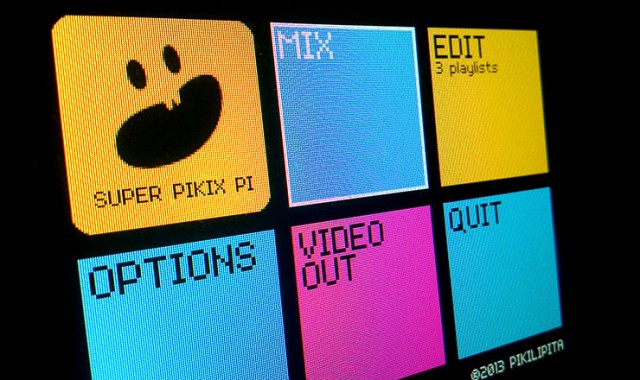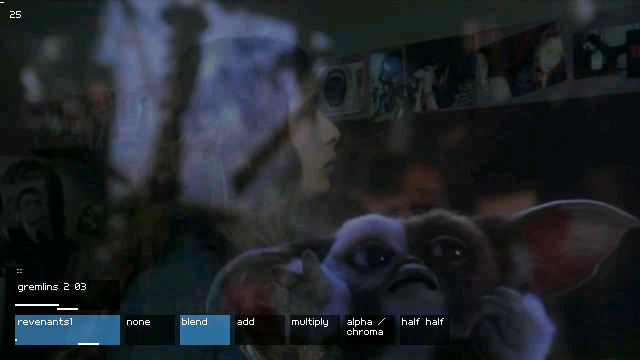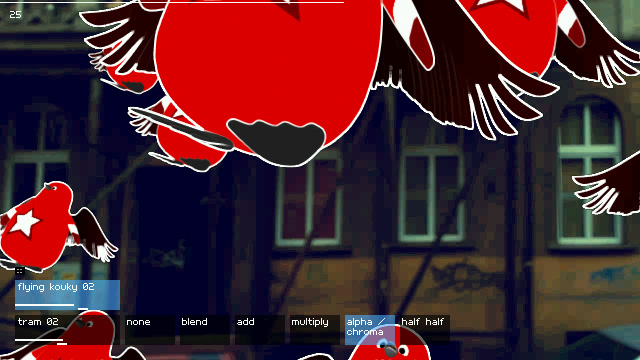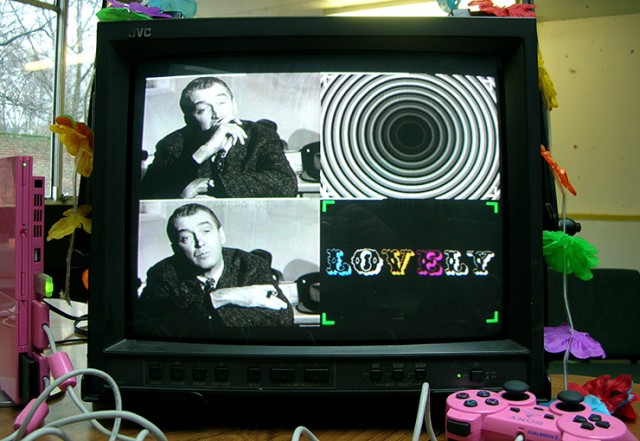
Those silver machines with the fruit on them sure are great. And for now, PCs (whether Apple or Windows or Linux) are unparalleled in performance. But cheaper, dedicated hardware with the same flexibility of computers could grow in appeal. The Steambox promises to the gaming community that a dedicated box running Linux can best desktops and consoles alike. And in visuals, we could see something similar.
Why wait? With a $25, tiny pocket-sized computer and a free VJ app, you can start now. Sure, it won’t exactly match that mini-tower you’re lugging around running TouchDesigner. But if you need to mix some videos in a tight spot and don’t want to risk valuable computers – or want a quick installation – this looks incredible.
The Raspberry Pi, for its part, is tiny, light, and powered by a micro-USB phone power. It still gives you HDMI or composite video out with both PAL and NTSC, and you can drop media onto an SD card.
Add Super Pikix Pi, and you get a very reasonable standard-def mixing video system, for the cost of what some “pro” hardware makers with similar features charge for their power adapters. (Cough.)
Features:
Supports two video layers to be blended together
Uses a dedicated video file format: kouky k19
Save and load playlists
Special effects and filters
Video resolution: 640×360 pixels
Support USB gamepads


The software came out this summer, but I’m guessing from stats and the like that people didn’t notice. And that’s a shame. Now, with the weather turning bleak in a big chunk of the world, it may be time to start tinkering around with this. Imagine this and a portable projector for an ultra-compact rig.
You can thank the duo of Pikilipita, based in London, UK and Wroclaw, Poland – and the experience they have writing VJ apps for game consoles, which helped them devise such minimal-but-elegant tools. Their favorite system: the PS2. (see pic below):
http://www.pikilipita.com/ps24vj/

The Pi offers unique flexibility, though – cool as a PS2 may be. Have a look:
http://www.pikilipita.com/superpikixpi/